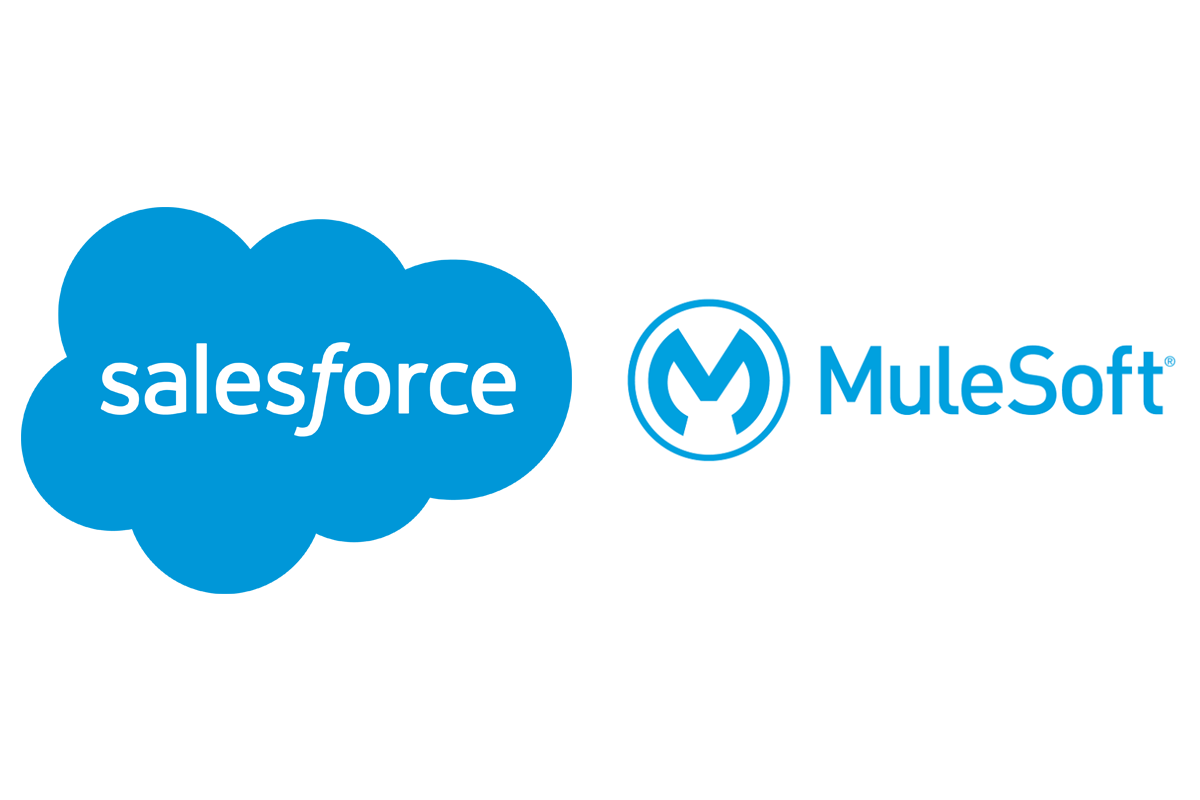By: Tom Brennan, Rootstock CMO
There is a lot of buzz as to why Salesforce would pay a reported $6.5 billion for Mulesoft, a software integration company with only $300 million in sales in 2017. The simple answer: application integration is a multi-billion-dollar problem that will continue to grow.
Integrating Clouds and Legacy ERP
Business software integration has always been a massive problem for manufacturers and distributors, but over the last few years it has escalated as companies begin to adopt a wide variety of cloud applications while still carrying the baggage of legacy applications, especially ERP. How is this problem currently being addressed? IT departments are working to rein in departments that have gone rogue and bought their own cloud applications. To bring everything together, IT departments are pursuing a more consolidated cloud platform strategy by combining applications on one cloud platform, i.e. Salesforce CRM and Rootstock ERP on the Salesforce Cloud platform. But they also have to integrate all these cloud applications with entrenched legacy ERP systems that have been slower to move to the cloud. The bigger the company, the bigger the issues. Think of it this way, it is the same idea as buying a home entertainment system that lets you plug in a cloud VCR player, DVD player, while running Bluetooth and streaming Netflix, if only it were that easy.
No Integration – No AI
The integration issue will only get worse. New technologies such as AI and IoT show promise in manufacturing and distribution but require access to data across the enterprise for sensing, artificial thinking, and triangulating data from all facets of the business. Furthermore, one promise of AI is the ability to take action, meaning – it will need to access applications via API’s to actually do something. AI becomes more powerful when it has access to data and systems throughout the company, creating a company’s’ intelligent central nervous system. With Salesforce’s substantial foray into AI with Einstein and IoT, this acquisition makes complete sense and you can understand the method to this madness at $6.5 billion.
What does this mean for Rootstock Software? It is another validation of our choice to choose Salesforce for our underlying technology, as Salesforce is once again, a step ahead of everyone else. We envision an immediate application of Mulesoft in large enterprises that are currently curtailing their investments in legacy ERP and moving to the cloud in increments by automating a business process or division into a cloud. This is known as a two-tier ERP, where Rootstock Cloud ERP runs a division but co-exists and integrates with legacy corporate ERP applications such as SAP or Oracle.
After getting over the sticker shock, it is clear to see why the new “Salesforce Integration Cloud” powered by Mulesoft will help manufacturers and distributors make the transition into modern applications such as AI, IoT and Cloud ERP and be worth the price.
Congratulations to Salesforce and Mulesoft, those of us at Rootstock are looking forward to the future of Cloud ERP.







